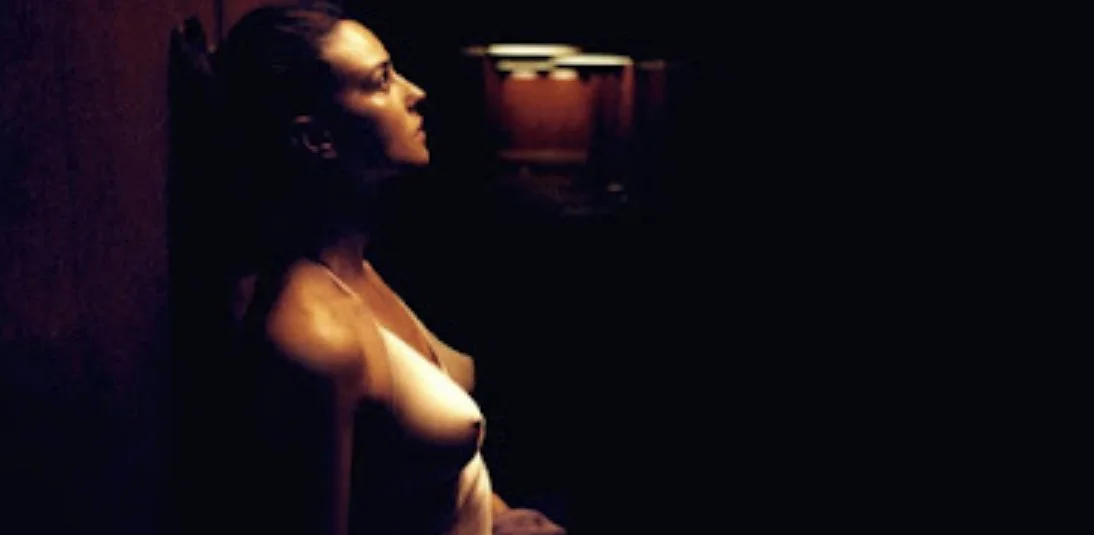Gaspar Noe’s “Irreversible”, which premiered at Cannes 2002, is told in reverse order. Each scene taking place chronologically before the one that preceded it.
The theatrical re-release, titled “Straight Cut”, which debuted in Venice, flips that to depict the events chronologically. It is now playing in New York and Los Angeles theaters and will expand to wider regions in the weeks to come.
Directed by Noe, “Irreversible” was so gruesome that even the strong-stomached were not be able to watch it in its entirety. Roger Ebert once said that it was “a movie so violent and cruel that most people will find it unwatchable.”
The 2002 film famously featured a graphic, single-take nine and a half minute rape scene, featuring Italian superstar Monica Bellucci, that had people enraged at Noe.
It wasn’t just the rape scene, but other violent acts depicted as well. In one particularly brutal scene, a man bludgeons another to death with a fire extinguisher, crushing his skull, with Noe refusing to cut away. There are no limits to what can be depicted in cinema, and Noe always make sure you remember that.
Of course, theatrical distribution, not to mention social norms, have changed since 2003 and one cannot imagine such a film being made today. In an recent interview, Noe agreed with this sentiment:
Nowadays, it would be impossible to get such a movie financed […] People are afraid of being accused of misbehaving or whatever.
Noe goes on to state that when he was younger he walked out of the rape scene depicted in Sam Peckinpah’s “Straw Dogs” (“It took me 10 years to rewatch the movie on VHS”).
I watched the “Straight Cut” version last year and found it totally unnecessary for release. The original, which I found absorbing my pummelling, kept our attention by continuously introducing backward events. This latest version of “Irreversible” strips us of the intrigue.
It’s no surprise that Noe has admitted to having pitched the idea of “Irreversible” being told in reverse order a year after the success of Christopher Nolan’s similarly structured “Memento.” He needed to find the funding and, banking on Memento’s success, he decided to tell the story in this fashion.
It’s far from being Noe’s best film, that would be “Enter the Void,” but “Irreversible” still reverberates to this day as a sort of antiquated cinema that has been associated with a series of French films defined as the cinéma du corps. Noe states the obvious when saying it wouldn’t be made today, which gives the film an extra dose of fascination (and repulsion).






